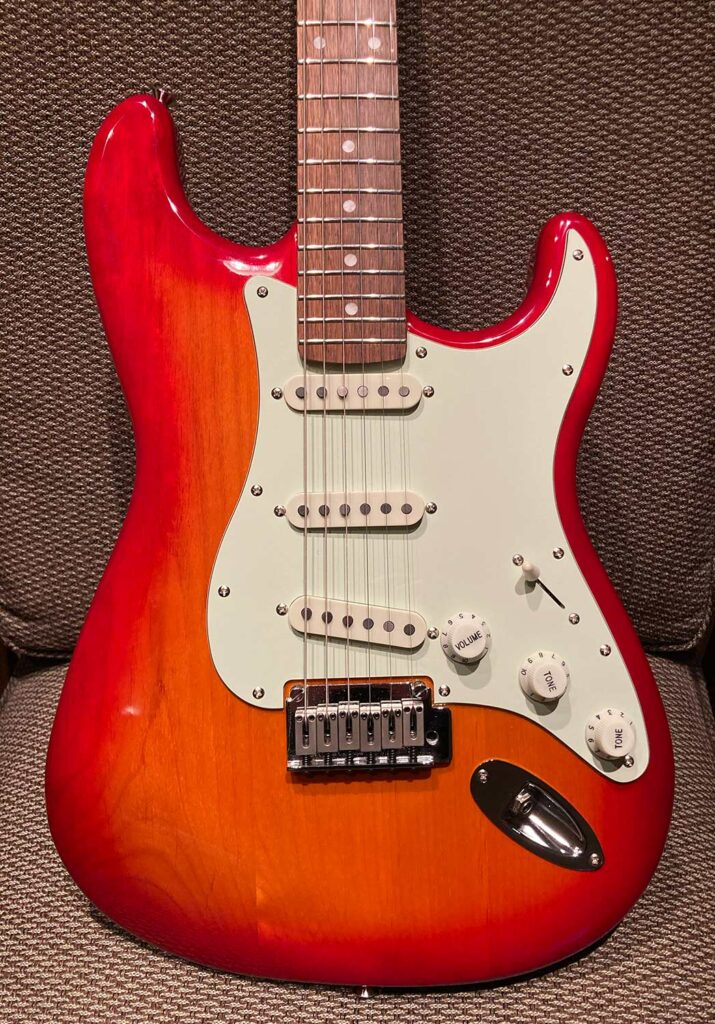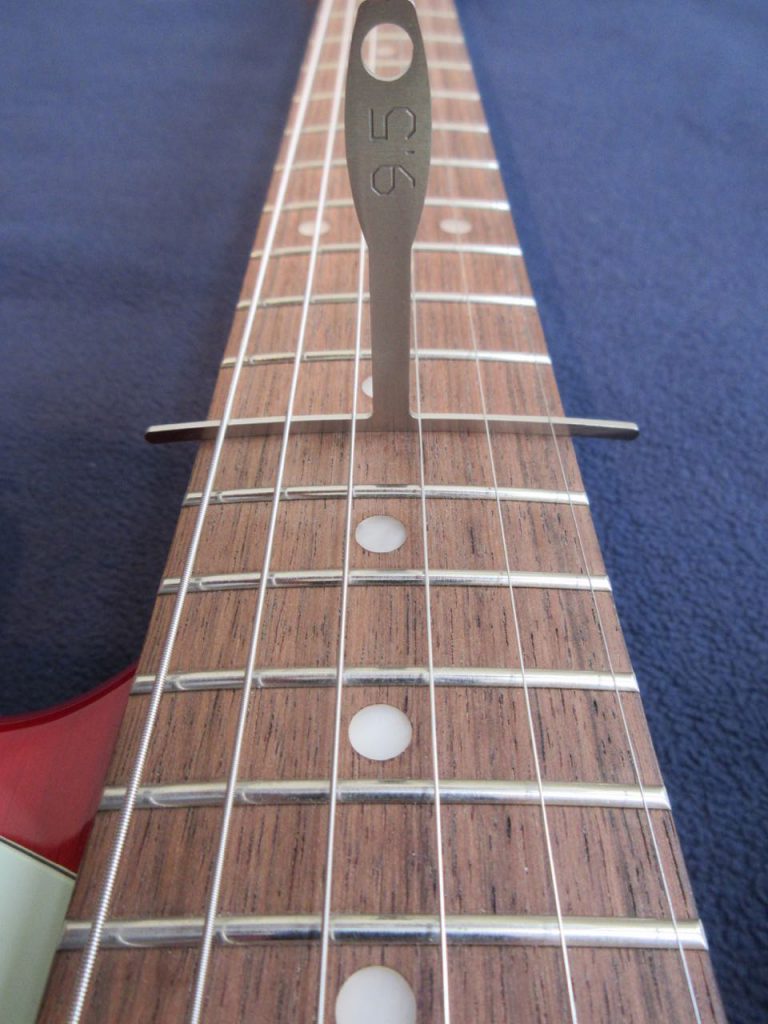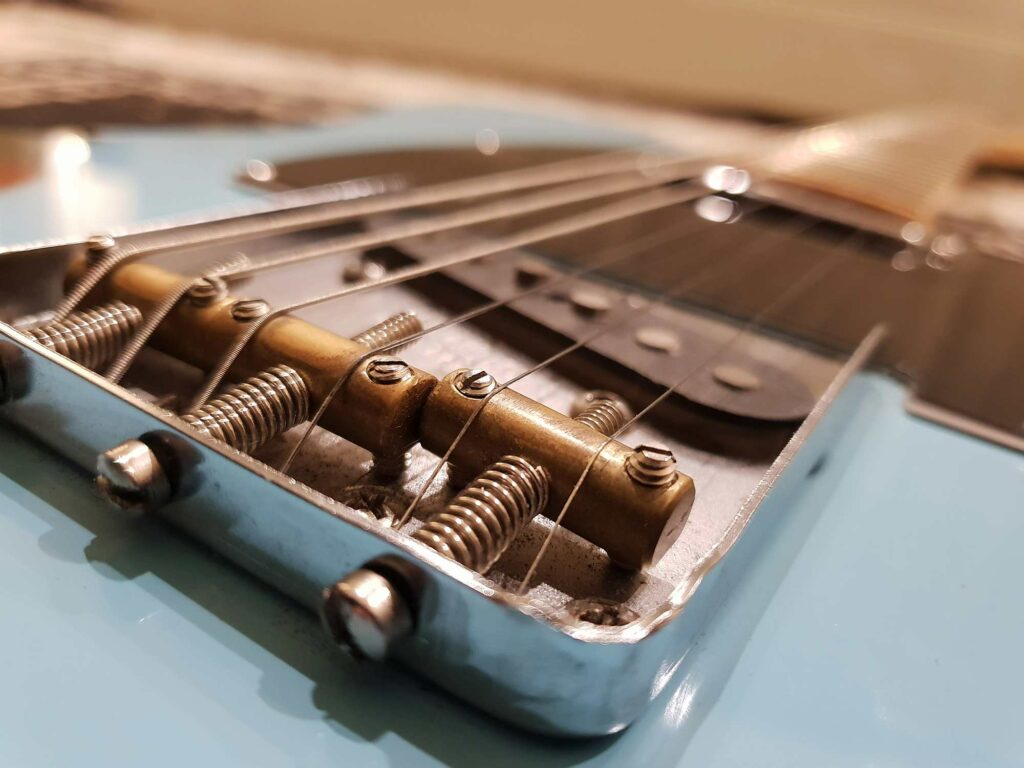Guitar River is reader-supported. We may earn a commission when you make a purchase using the links on our site.
Learn more.
Is a Strat or Tele Easier to Play?

Deciding between a Stratocaster and a Telecaster for your next guitar? Either would make an excellent choice for both first-time players and experts alike. Beginners want a guitar that’s easy to play, and experts place a premium on a guitar’s tone and build quality.
Both guitars can have great tone and a high-quality build. So that leaves the ease of play. Is a Strat or a Tele easier to play? As we will see below, both are easy to play, but a Tele is a little easier to play since it has fewer controls, a fixed bridge, tuning stability, and simpler adjustments. It’s an ideal choice for beginners, and those wanting a no-fuss electric guitar.
Both guitars are iconic, and serve different purposes very well. They are used in a range of music, from country and jazz, to blues and rock. We are going to focus on ease of use, and whether one is easier to play than the other. Keep reading for a thorough comparison.
Controls
A Stratocaster has more controls with one volume and two tone knobs plus a five-way switch. The Tele has fewer controls with just one volume knob, one tone knob, and a three-way switch.
The five-way pickup selector switch on the Strat offers up two more tonal possibilities. But for beginners, or anyone favoring simplicity, the Tele will be the better choice with just three pickup positions–the neck pickup, bridge, and the two combined.
As a beginner with a Strat, you will find yourself wondering why there are two tone knobs and three pickups. We discuss this in our post about electric guitar controls. With a Tele, you don’t have to worry about the extra tone knob. Fewer controls makes it easier to play.

Pickups
Both guitars are traditionally equipped with single-coil pickups. The Telecaster has two, while the Stratocaster has three. The middle pickup in the Strat can be combined with the bridge and neck in positions two and four. This is one feature that gives the Strat its unique sound.
The Tele on the other hand just has two pickups and three pickup selector positions. The neck pickup has a bit more bass and midrange. The bridge pickup is mounted in a metal plate, which may be one of the secrets to the Tele’s sound.
The bridge pickup highlights brighter tones, perfect for drawing attention to a lead. And the combination of the bridge and neck pickups is well-suited to rhythm parts.
With two pickups, and a three-way switch, the award goes to the Tele for ease of use. And even though single-coil pickups are the standard for both models, you will find plenty of variations that add humbuckers and other sonic possibilities.
Body Shape and Contours
Both the Stratocaster and Telecaster are made from solid blocks of wood, though they are shaped differently. The Strat features a double-cut at the neck of the guitar, and the Tele has just one. The Strat has several areas on the guitar body that are contoured to better fit the player.
Most notably, the Strat has a “belly cut” on the top back of the body, and a carve on the front side of the body where your arm rests. The Tele has harder edges, with no contours. However, some models such as the Squier Affinity Series Tele and the Squier Contemporary Telecaster feature a contour on the back of the guitar, similar to a Strat.
I am going to give the ease of use award to the Strat here for the ergonomic styling. While the Tele body style is also comfortable, the smooth contours of the Strat are easier on the player.

Weight
Both guitars are light to medium weight instruments. Comparing some samples from the Player Series, both the Telecaster and the Stratocaster average between seven to eight pounds. However, the Classic Vibe Teles averaged about eight pounds, while the CV Strats were about seven pounds.
If weight is a concern to you, both models are about the same. However, the electric guitar weight can vary between instruments in the same model line and series. With less wood due to the double-cut and contours, the Strat may be your lighter option.
Neck Shape
The neck on both guitar models is a standard or modern “C” shape. My Squier and Fender Strats both have similar necks. The main difference is the finish on the neck. The Squier is unfinished wood, and my standard Strat has a light finish on it. I prefer the look and feel of the standard Strat.
The Tele has the same neck shape and finish variations across model lines. The Classic Vibe series has a glossy neck, while the Affinity and Bullet Teles have an unfinished neck. The Player Series has a lighter finish on the neck. The neck shape is a variation on the “C” shape, with some difference in the neck thickness.
So the difference between the Strat and Tele neck has more to do with each series. Both models in the Classic Vibe or Player Series will have the same type of neck. Both are easy to play, and a matter of preference. Your best bet is to try guitars from each model line and find what you like.
Fingerboard Radius
Both the Tele and the Strat have a 9.5 inch fingerboard radius on most models. The contemporary models will have a flatter, 12 inch radius, and vintage models will have a rounder, 7.25 inch radius.
Most players will appreciate the 9.5 inch radius when playing chords. The flatter radius will accommodate lower action, and faster playing on the higher frets.
As with the neck shape, the difference between the Strat and the Tele is more within the model lines. Both are easy to play, and it’s a matter of finding the radius that’s most comfortable to you.

Nut Width and Scale Length
The width at the nut and scale length are the same across both guitar models. The scale length is 25.5 inches, and the nut width is 1.65 inches.
Fret Size
Once again, the fretwire size varies between the series of the guitar, and is the same across the Stratocaster and Telecaster model lines. For example, the Player Series has medium jumbo frets, and the Classic Vibe series has narrow tall frets.
This will be a matter of preference, and you should try out a few guitars to get a sense of what you like. I prefer the medium jumbo frets.
Now that we’ve established that the guitar necks are almost identical, and vary more between the individual series within each model line, let’s take a look at the bridge.
Bridge
One big difference between the Strat and the Tele is the bridge. The Strat has a tremolo, and the Tele has a fixed bridge. The Strat bridge can be floating, allowing motion in both directions, or is flat against the body and only able to lower the pitch of the strings.

The Tele has a metal bridge, with a string-through body design. Traditionally, the Tele has three bridge saddles, one per two strings. The Strat has individual bridge saddles, making intonation more precise.

Since we are talking about ease of use, the clear winner here is the Telecaster. The simplicity of the string-through fixed bridge is a better setup for new players, or those wanting to skip the tremolo system.
The fixed bridge assists with tuning stability, and the three bridge saddles make intonating the strings a faster process. Restringing the guitar is also easier without the tremolo system.
Picking Area
One minor quirk of the Strat is the position of the middle pickup. I find that it sometimes gets in the way when playing with a pick. With only two pickups, the Tele has an open space between the pickups for your strumming.
Versatility
Both guitars are versatile, but the Tele may have an edge here. The Strat has a distinctive sound at home with blues and rock. There is no mistaking position two and four on a Strat. A different pickup configuration, such as an HSS Strat, will allow for a wider range of tones.
Though the Telecaster has a distinctive twang often associated with country, it can just as easily be used for blues, rock, or even jazz. The middle position of the Tele is a more neutral tone that works well for a rhythm part. Adding humbuckers to the pickup configuration creates further versatility.
Crowd Expectations
Finally, it’s worth considering the expectations of your audience. Walking out on stage with a Strat, some may be expecting sonic pyrotechnics. They might be disappointed if you’re not the next Jimi Hendrix or Stevie Ray Vaughan.
A Tele on the other hand is a little more subtle. You can certainly play a blazing blues solo, but no one is going to be surprised if you’re just strumming and picking some chords.
Our Conclusion and Top Choice
While both the Stratocaster and the Telecaster are easy to play, our conclusion is that the Tele will be a better choice for many players, especially those just starting out. We suggest the Squier Classic Vibe 50s Tele for an authentic vintage feel at a reasonable price. If the budget is more limited, try the Squier Affinity Telecaster, or even the Squier Bullet Telecaster.



